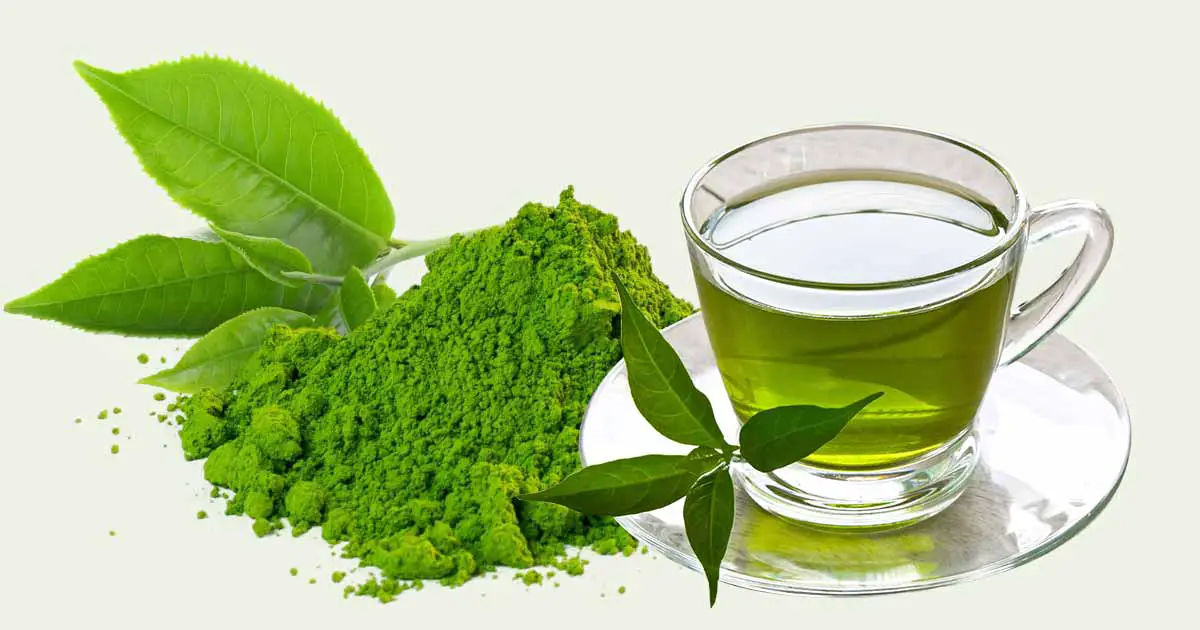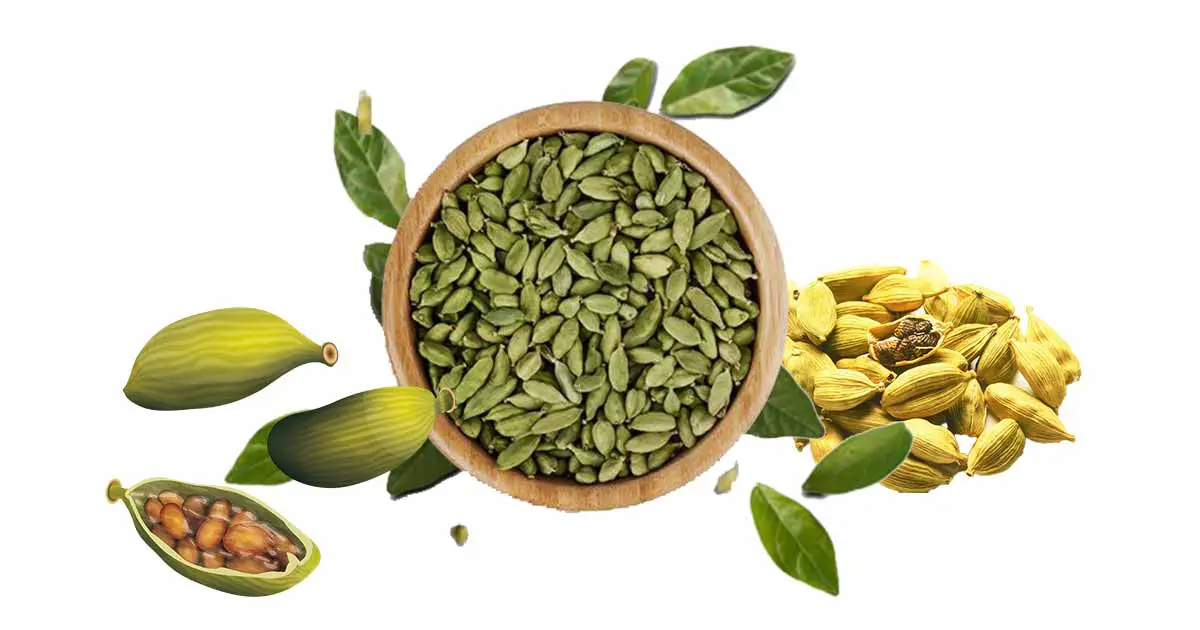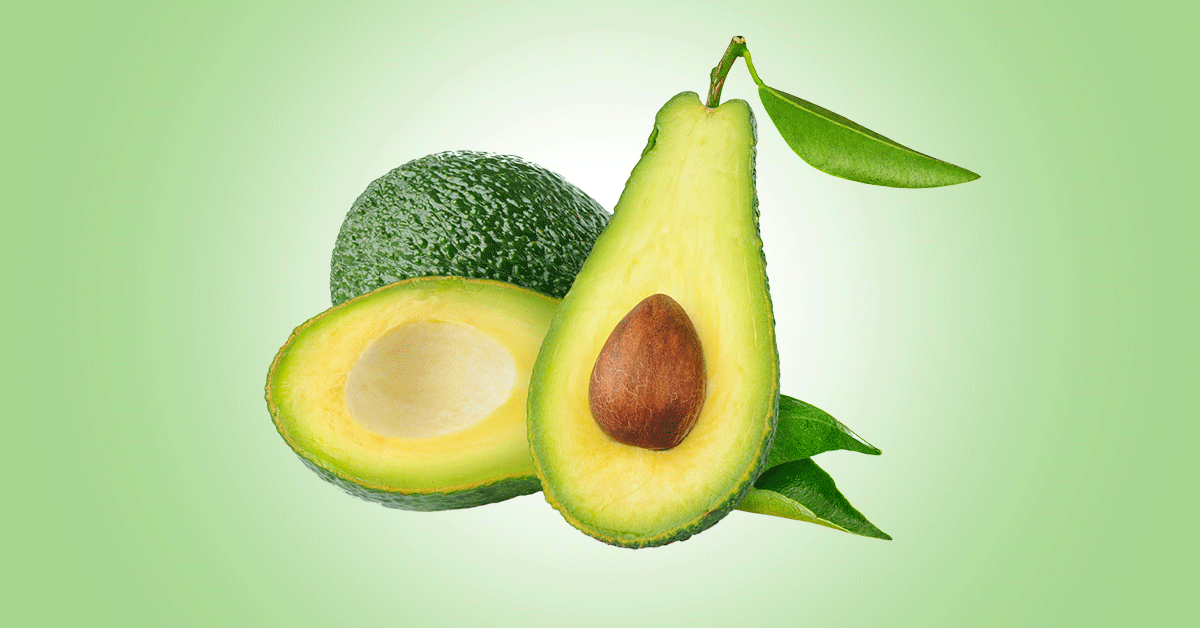Tea, also called, “Cha” is one of the most commonly consumed beverage. Green tea is an important healthy tea made from Camellia sinensis. Camellia sinensis, from the Theaceae family, is a plant that gives both green tea, and white and black tea. However, green tea is superior in health benefits than black tea. Green teas are steamed to avoid oxidation and loss of nutrients, while black and oolong teas are made from fermented leaves.
Green tea is particularly popular in Asian countries such as China, Japan, Korea, Indonesia, Sri Lanka, India, and to lesser extent some part of the US, Europe, and North Africa. It is originally from East Asia (China).
Camellia sinensis is a tropical and subtropical plant. The plant is a small evergreen shrub, that can grow up to 1.0-1.5 m, or 6 m for the wild growing types. The plant has many branches with dark green, lanceolate or elliptical leaves.
When young, the leaves are hairy, but glabrous when mature. Flowers are solitary or in a group of 2 or 3 in the leaf axils. They are bisexual, white, and fragrant. Fruits are brownish green with four spherical or flattened seeds. Seeds are brown, and subglobose. The leaves have aromatic smell, and bitter taste.
Though there are many varieties of Camellia sinensis, but only two varieties are used commercially for producing tea: Camellia sinensis var. Sinensis and Camellia sinensis var. Assamica. In China, there are many types of green tea such as Gunpowder, Pi Lo Chun (Green Snail Spring), Long Jing (Dragonwell), Snowy Mountain Jian, Hyson Lucky Drago, among others.
Green tea has many health benefits, ranging from treatment of diabetes, weight loss, cancer, inflammatory diseases, cholesterol lowering, skin disorders among others. The bitter decoction made from the leaves is consumed as a herbal medicine.
Constituent of Green Tea
Flavonoids are the main polyphenols in the green tea. They include catechins, (also called flavonols) such as epicatechin (EC), epigallocatechin (EGC), epicatechin gallate (ECG) and epigallocatechin gallate (EGCG). Epigallocatechin gallate is the most active ingredient. It is abundant in the leaf bud and first leaves.
Other polyphenols are flavandiols, phenolic acids. The total polyphenols make up about 30% of dry weight. The variety, method of planting, storage and preparation will determine the levels of catechins in the Camellia sinensis plant.
Other constituents are phenolic acids: caffeic acid, gallic acid, and chlorogenic acid, and other flavonoids such as myricetin, quercetin, kaempferol. Lignin are also present.
The alkaloids present in the fresh leaves are methylxanthines (caffeine, theobromine, and theophylline). Volatile compounds include aldehydes, alcohols, esters, lactones, hydrocarbons, sterols like stigmasterol, and pigments such as chlorophyll, carotenoids.
Nutritional composition
- Carbohydrates (5-7% dry weight) like glucose, fructose, sucrose, pectin, cellulose
- proteins (15-20% dry weight),
- Minerals and trace elements such as calcium, magnesium, manganese, iron, copper, zinc, sodium, phosphorus, chromium, potassium, selenium, nickel, aluminum, fluorine, cobalt.
- Vitamins as B, C, E.
- Lipids, like linoleic and α-linolenic acids
- Amino acids, as aspartic acid, arginine, leucine, theanine, glutamic acid, tryptophan, glycine, serine, tyrosine, valine, threonine, and lysine.
- Ash
Recommended daily dosage:
About 3 to 5 cups / day (720 to 1,200 mL) of green tea will provide at least 180 mg of catechins and 60 mg of theanine. Do not take on empty stomach, as excess levels of epigallocatechin gallate (EGCG) may be hepatotoxic.
Health Benefits of Green Tea
Antioxidants: The high level of epigallocatechin gallate, and other polyphenols in green tea means it has high antioxidant property. The antioxidants prevent the damage from free radicals, reduce lipid peroxidation, that cause oxidative damage and diseases. It also boosts immune system, and prevent neurodegenerative diseases such as Parkinson’s and Alzheimer’s diseases.
Obesity: Consumption of green tea may help to reduce weight, and body fat, by increasing postprandial thermogenesis and fat oxidation. It regulates food intake, lipid, and carbohydrate metabolism.
EGCG increase fat oxidation, and decrease energy absorption. The interaction between the polyphenols and caffeine content in the extract of green tea may be beneficial in obesity management.
Bone health: Green tea may increase bone mineral density, protects against the risk of hip fractures, and may have positive effect on the proliferation and activity of bone cells.
Antimicrobial effect: Green tea have been used to treat typhoid, and diarrhea. It may have activity against Helicobacter pylori and other bacteria. EGCG, and EGC possibly inhibit viruses such as Herpes simplex virus, influenza virus, adenovirus. Activity against Candida albicans was also observed by Hirasawa and Takada.
Among the catechins, pyrogallol catechin has stronger antifungal activity against C. albicans than catechol catechin
Antidiabetic effect: Green tea may improve glucose metabolism, and lowered blood glucose levels in streptozotocin-diabetic mice.
Studies by Waltner-Law et al., suggest that EGCG mimics insulin, by increasing tyrosine phosphorylation of the insulin receptor and the insulin receptor substrate. It also reduces gene expression of the gluconeogenic enzyme phosphoenolpyruvate carboxykinase.
Cholesterol lowering: A joint study was conducted by American and Chinese researchers using individuals to test for the effectiveness of green tea in lowering cholesterol. Participants who consumed green tea witnessed a reduction of 5% of their total LDL cholesterol levels.
This may suggest that consumption of green tea may be beneficial in lowering cholesterol levels.
Anticancer activity: In studies with hepatoma-treated rats, green tea prevented the proliferation of hepatoma cells, and also prevented hepatoxicity. Green tea is a strong antioxidant that prevents neurological diseases, and cancer forms such as breast, colon, esophageal, lung, stomach, small intestine, pancrease and kidney.
Cardiovascular health: Green tea may reduce the risk of high blood pressure, stroke, and coronary heart disease. It may also reduce the risk of coronary heart disease by reducing blood glucose levels and body weight.
Skin disease: The topical treatment with EGCG on the skin of mouse shows it may prevent UVB-
induced immunosuppression and oxidative stress. EGCG may also reactivate dying skin cells, and epidermal cells.
Pharmaceutical and cosmetic formulations now contain EGCG because of the perceived protective effect against UV light-induced inflammation or cancer.
As a Mouthwash: Green tea is used to maintain periodontal health as it has antioxidants and antibacterial principles. When used as a mouthwash, the catechins such as epicatechin gallate (ECG), epicatechin(EC), epigallocatechin (EGC), and EGC gallate (EGCG) in the extract prevent plaque and gingival inflammation.
Drug Interaction
Green tea may interact with iron absorption, and may affect those with the risk of iron deficiency. It may also interact with:
- Beta-blockers, Propranolol, and Metoprolol: Caffeine from the tea can increase the blood pressure in those on these medications used to lower blood pressure.
- Monoamine Oxidase Inhibitors (MAOIs) like phenelzine and tranylcypromine: Green tea may increase blood pressure in people taking MAOIs for depression.
- Blood Thinning Medications like warfarin, aspirin: Green tea contain vitamin K. Mixing it with anticoagulants can prevent platelets from clotting, and increase bleeding.
- Benzodiazepines like diazepam and lorazepam: Caffeine reduce the effect of benzodiazepines.
- Chemotherapy drugs: Studies suggest that green and black tea extracts stimulate a gene in prostate cancer cells, making them less sensitive to chemotherapy. It may be advisable to avoid it during therapy.
- Ephedrine: Causing agitation, tremors, insomnia, and weight loss.
Precaution
It is advised that green tea should not be taken by:
- Patients with heart conditions or major cardiovascular problems
- Those with renal failure, as green tea can cause accumulation of aluminum causing neurological diseases.
- Pregnant and breastfeeding women should restrict daily consumption to one or two cups, as it may affect heart rhythm due to high caffeine content.
Side Effects of Green Tea
Excessive consumption of green and black tea may have harmful side effects due to high caffeine content, action of polyphenol on iron bioavailability, and presence of iron. Catechins have affinity for iron and may hinder iron bioavailability.
Other minor side effects include headache, dizziness, and gastrointestinal symptoms.
EGCG in green tea may cause acute cytotoxicity in liver cells. Also, Yun et al. suggested that green tea is a pro-oxidant in pancreatic β cells in vivo, and may have negative impact on hyperglycemic control in diabetes. In animal studies using a high dose of green tea, thyroid enlargement (goiter) was observed in the rat.
However, all the side effects are observed at high doses, much above normal recommended levels. Green tea is generally safe when consumed in normal level.
References:
- https://www.researchgate.net/publication/228355417_Green_tea_Health_benefits
- https://www.drugs.com/npp/green-tea.html
- https://cmjournal.biomedcentral.com/articles/10.1186/1749-8546-5-13
- https://globalresearchonline.net/journalcontents/v51-2/06.pdf
- https://www.tjpr.org/vol6_no3/638Sharma.pdf
- https://www.researchgate.net/publication/325390328_Green_tea_-A_short_review
- https://www.stlukes-stl.com/health-content/medicine/33/000910.htm












